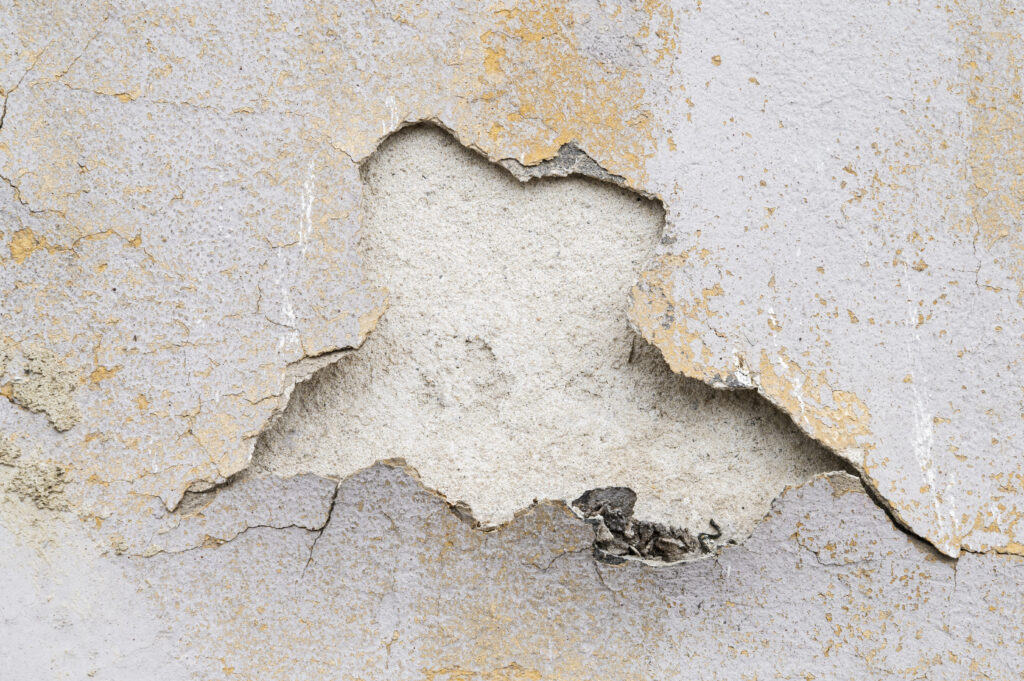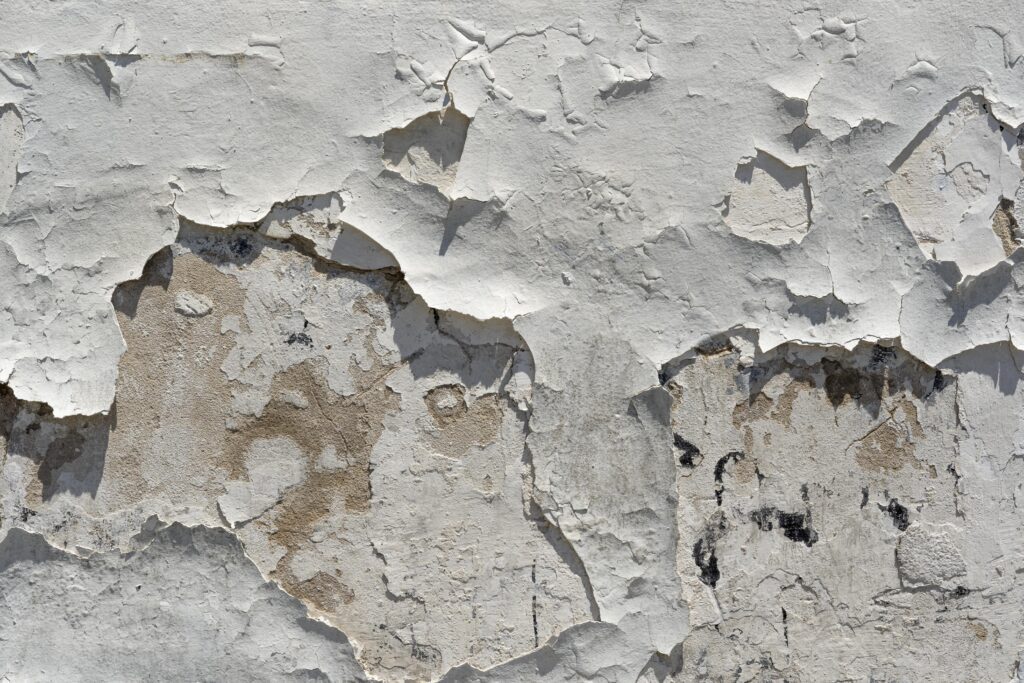Top 7 Signs Your Drywall Needs Replacing (And How to Safely Dispose of It in Vancouver)

Drywall is one of those things in your home you probably don’t think about until something goes wrong. It quietly does its job, giving your walls and ceilings a clean, finished look. But over time, drywall can become damaged due to moisture, age, or even structural movement. Left unchecked, what starts as a small issue can lead to bigger problems like mold growth, air quality issues, and costly repairs.
If you’re noticing cracks, stains, or soft spots in your walls, it might be time to take action. In this post, we’ll walk you through the top 7 warning signs that your drywall needs replacing and show you how to safely and affordably dispose of old drywall in Vancouver.
1. Visible Mold Growth
One of the most obvious and dangerous signs that your drywall needs to go is mold. Mold thrives in damp, poorly ventilated spaces and often starts behind walls where you can’t even see it. By the time mold appears on the surface of your drywall, it’s likely already spread deeper. Moldy drywall is not only unsightly; it can also pose serious health risks, especially for people with allergies or asthma. If you see green, black, or brown spotting on your walls, don’t wait, it’s time for removal.
2. Soft, Spongy, or Warped Drywall
If your drywall feels soft to the touch, bulges outward, or seems warped, that’s usually a sign of water damage. Whether it’s from a slow plumbing leak, poor ventilation, or a flood, waterlogged drywall loses its structural integrity quickly. Even if it dries out, the damage has been done. Warped drywall can’t be repaired and it needs to be replaced. Delaying this could cause it to crumble or even grow mold.
3. Cracks Around Doors and Windows
Cracks in your drywall especially around corners, windows, or doors can be caused by shifting foundations or settling structures. While small hairline cracks can be patched, larger or recurring cracks often signal a deeper issue. If your drywall is cracking repeatedly, it may be time to remove and replace it. Persistent cracking can also affect insulation and energy efficiency in your home.
4. Discoloration or Staining
Notice brown or yellow stains on your walls or ceilings? This is often caused by water leaks from above, such as a roof leak or plumbing issue. Even if the leak has been fixed, the stained drywall can still be compromised and if the area stays damp, mold is not far behind. In Vancouver’s damp climate, it’s crucial to remove stained drywall as soon as possible to prevent further damage.
5. Pest or Rodent Damage
If you’ve had issues with rodents, ants, or other pests in the walls, your drywall might have taken a hit. Rodents can chew through drywall, insulation, and wiring while creating a safety hazard and weakening the structure. In these cases, it’s not just about appearance but it’s also about health and hygiene. Damaged drywall should be removed and replaced after the pest problem is dealt with.
6. Drywall That’s More Than 20–30 Years Old
Even if there are no visible problems, drywall that’s decades old may contain outdated materials, including asbestos in the joint compounds or tape if it was installed before 1990. This can pose health risks during any future renovation or repair. If you’re upgrading or renovating your home, replacing old drywall is often a wise preventative move, especially if you’re unsure of its composition.
7. Crumbly or Powdery Surface
When drywall begins to crumble or leaves chalky dust behind after touching or cleaning it, it’s a clear sign of degradation. This could be due to moisture, poor-quality material, or simple aging. Crumbly drywall not only looks bad, but it can also spread fine particles into your air, impacting indoor air quality. It’s best to remove and replace the affected area before it spreads.
Why Damaged Drywall Shouldn’t Be Ignored

Ignoring damaged drywall can lead to more than just cosmetic issues. Mold can spread into nearby materials, weak drywall can collapse under minor impact, and any contamination (like asbestos or lead) can become airborne during future renovations. If you’re seeing any of the signs above, don’t put off addressing them because it’s always safer and more cost-effective to tackle the issue early.
Understanding Vancouver’s Drywall Disposal Regulations
In Vancouver, drywall disposal is regulated for both environmental and health reasons. You can’t simply throw drywall in your regular garbage bin. The City of Vancouver requires homeowners and contractors to follow specific rules for disposing of both used and new drywall.
For example:
- Used drywall must be double-bagged in labeled, 6-mil plastic bags and dropped off at the Vancouver Landfill.
- New drywall off-cuts (unpainted and unused) can go to the Vancouver South Transfer Station or Landfill.
How Provident Junk Removal Can Help
At Provident Junk Removal, we specialize in fast, safe, and affordable drywall removal and disposal services in Vancouver. Whether you’re dealing with mold, water damage, or just outdated drywall that needs to go, we’re here to help.
Our team is fully trained to handle:
- Moldy or water-damaged drywall
- Old drywall that may contain asbestos (assessment + guidance)
- Construction debris from renovations
- Eco-friendly disposal at licensed facilities
We take care of everything—from safely removing damaged drywall to bagging, transporting, and disposing of it according to Vancouver’s by-laws. Our service is fully compliant with local regulations, and we always prioritize safety, cleanliness, and respect for your space.
Book Your Affordable Drywall Removal Service in Vancouver Today
Don’t let damaged drywall become a bigger issue than it needs to be. If you’ve spotted any of the signs we mentioned above, it’s time to call in the pros.
Get in touch with Provident Junk Removal for affordable drywall removal and disposal service in Vancouver & nearby areas. We’re fast, reliable, and ready to make your home safe and clean again.
Call us now at: +1 (672) 667‑4238 to get a free quote or book your drywall removal service today.



